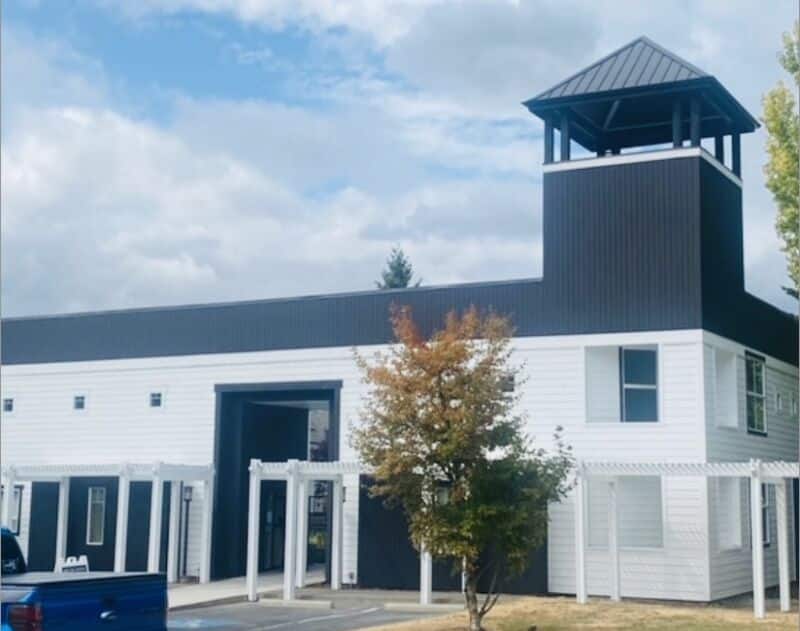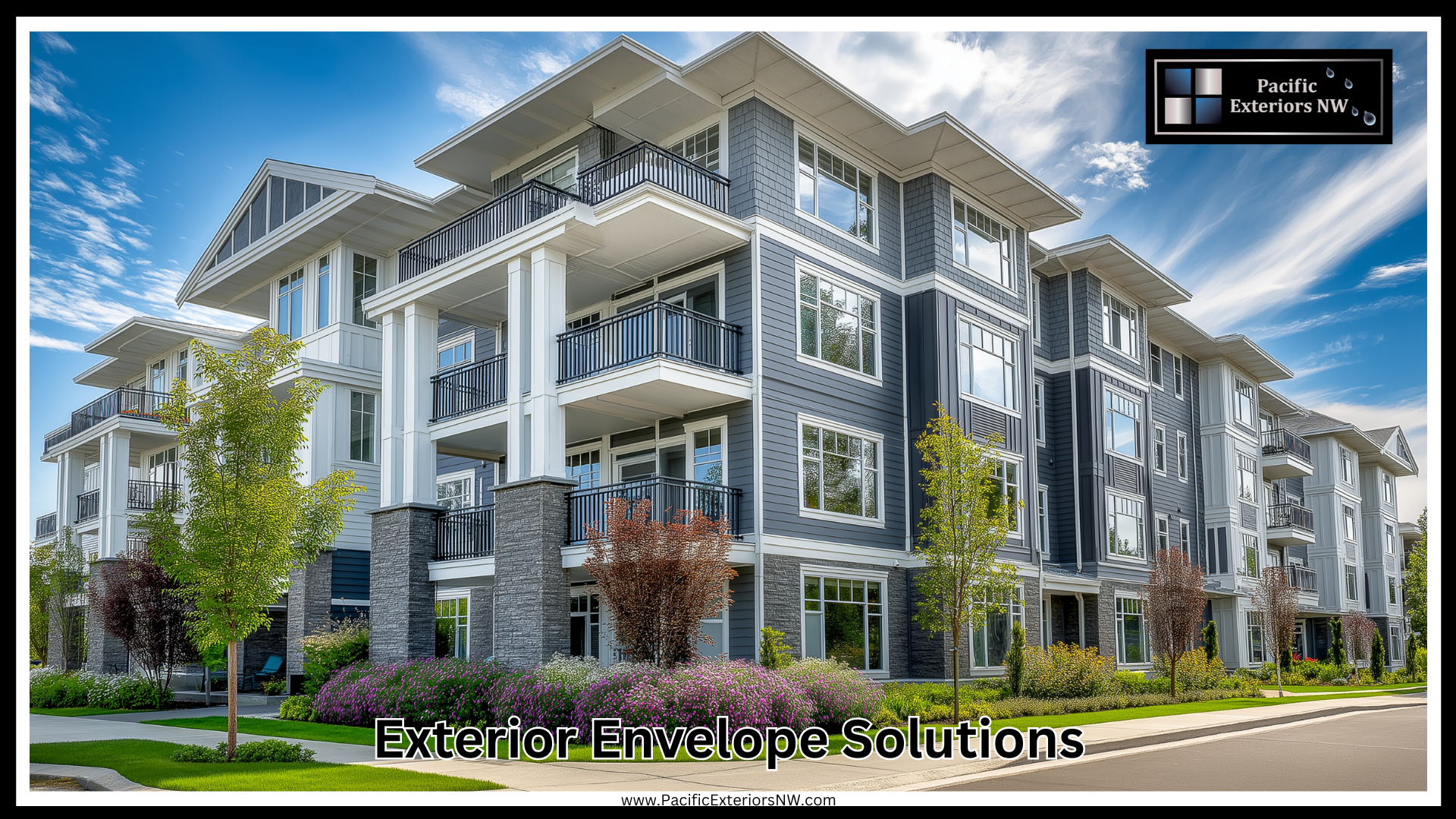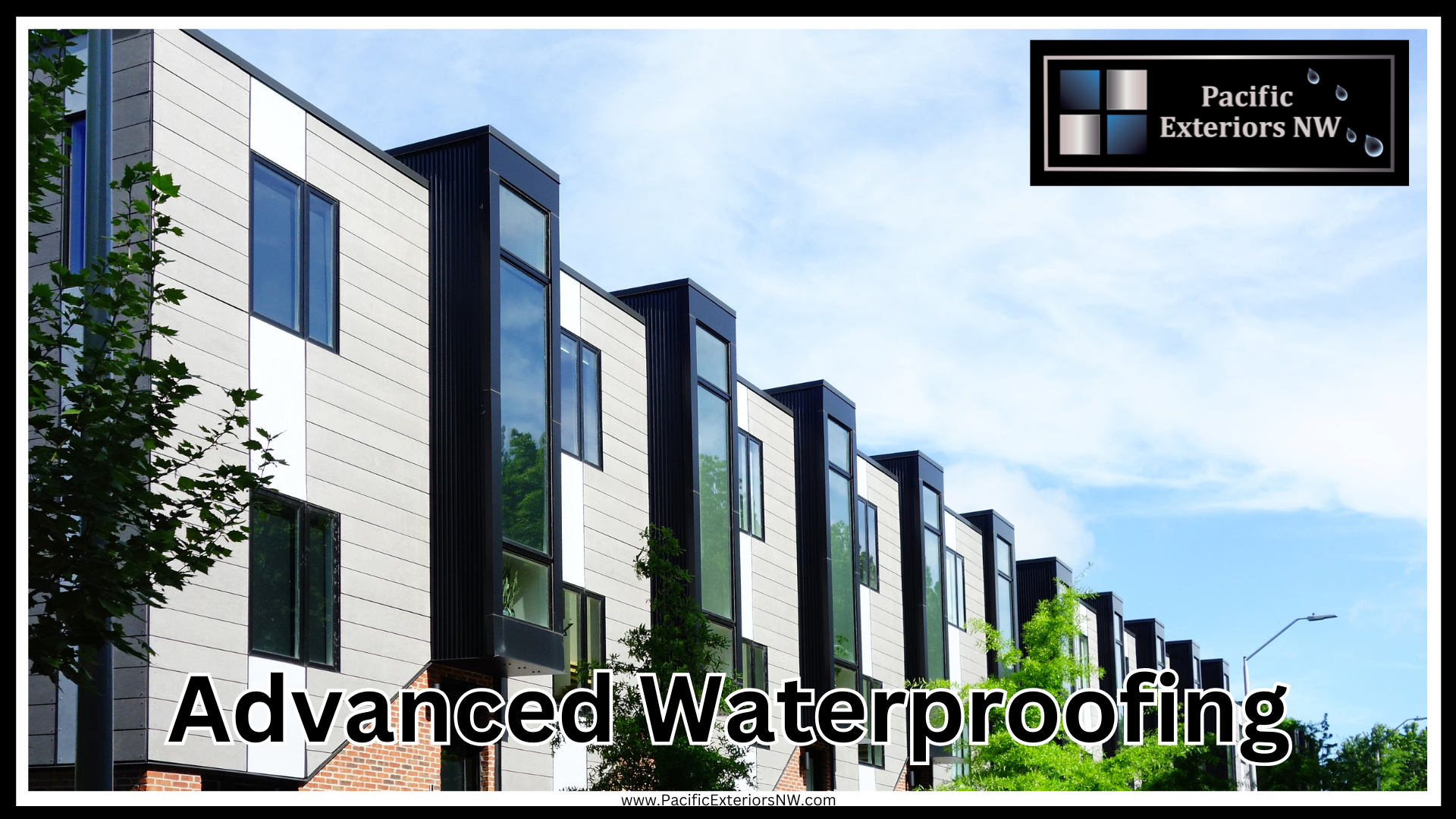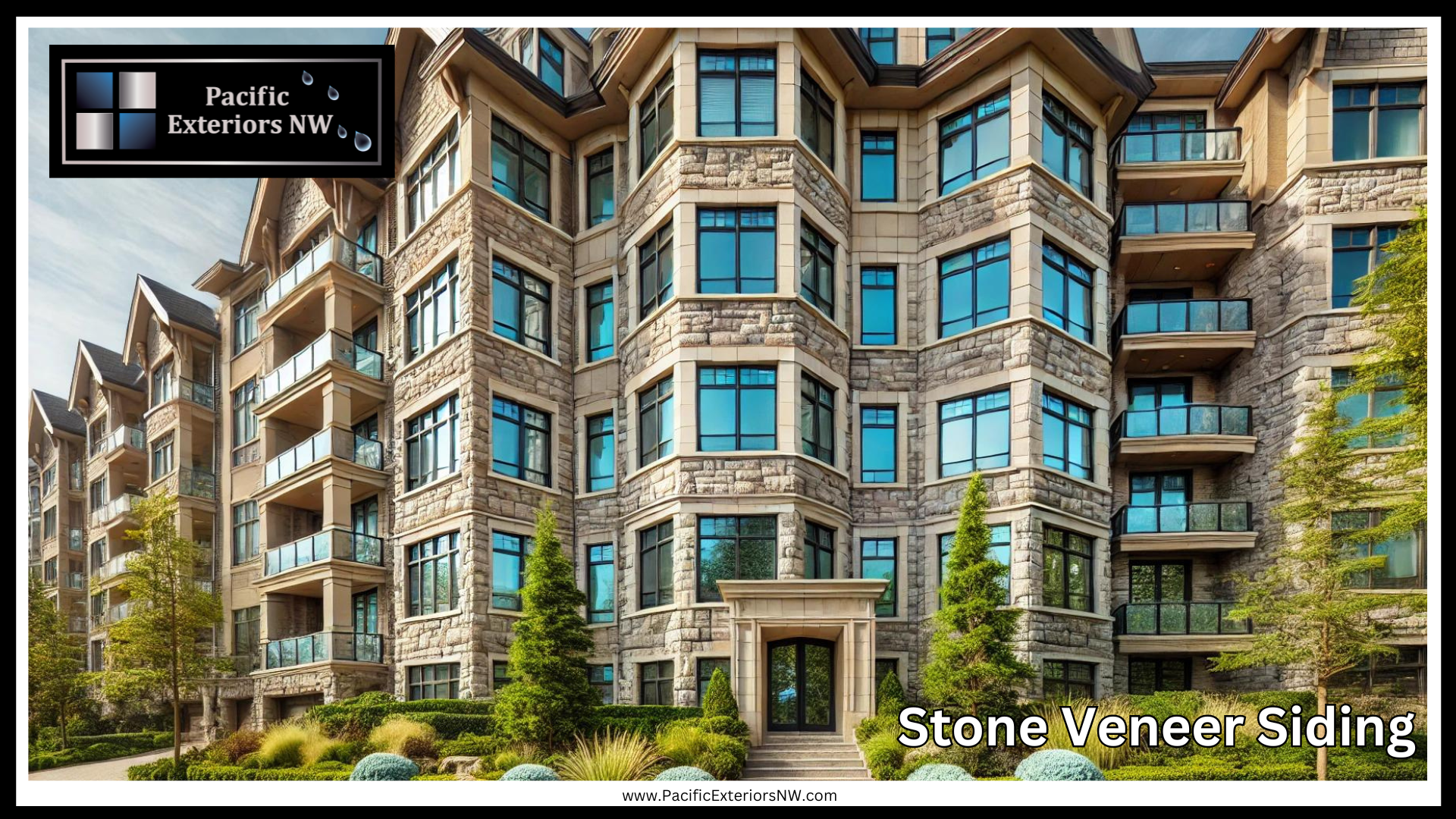 As a multi-family or apartment building owner, it’s essential to keep your complex in good condition for the safety of your tenants and the security of your investment.
As a multi-family or apartment building owner, it’s essential to keep your complex in good condition for the safety of your tenants and the security of your investment.
One way to do this is by regularly inspecting the exterior of your buildings. While it may seem like a hassle, regular inspections are crucial for identifying potential problems before they become expensive.
They also help you ensure your property is up to code and compliant with insurance requirements. So, how often should you inspect your apartment exterior?
And what should you be looking for during these inspections?
Keep reading to find out.
Table of Contents:
- Why You Should Inspect Your Apartment Exterior Regularly
- What to Look for During an Inspection
- Tips for a Successful Inspection
- The Importance of Maintaining a Safe and Secure Apartment Complex
- Conclusion
Why You Should Inspect Your Apartment Building’s Exterior Regularly
As a landlord, it’s essential to monitor the condition of your property, both interior and exterior.
After all, it’s where your tenants spend most of their time. However, it’s important to remember that the apartment exterior is just as important as the interior – if not more so.
Your apartment exterior is what protects you from the elements. It keeps you safe and dry when it’s raining or snowing outside.
It’s also the first line of defense against intruders, so inspecting your apartment exterior regularly is important.
Here are a few things you should look for during your inspection:
- cracks in the foundation
- loose or missing bricks
- holes in the siding
- rotting wood
- broken windows
- loose or missing gutters
- damaged roofs
If you notice any of these problems, it’s essential to contact a commercial contractor like Pacific Exteriors NW. They can make repairs to keep your apartment building safe and secure. Inspecting your apartment exterior may not be the most exciting task, but it’s essential. By taking the time to do it, you can rest assured knowing that your apartment is in good condition – and that you’re doing your part to keep it that way.
What to Look for During an Inspection
Here are some things to look for during an exterior inspection:
1. Check for Cracks in the Foundation or Brickwork.
These could be signs of structural problems.
- Look for signs of water damage, such as stains on the walls or peeling paint.
- Make sure all the windows and doors are in good condition and the locks work.
- Take a look at the gutters and downspouts.
Please make sure they’re in good condition and not clogged.
5. Check the Condition of the Roof.
Look for missing shingles or other signs of damage.
6. Inspect the Grounds.
Make sure the lawn is well-maintained, and there are no trip hazards.
7. Take a Look at the Parking Lot.
Make sure it’s in good condition and has enough space for your car. By taking the time to do a thorough inspection of the exterior of an apartment, you can avoid potential problems down the road.
Tips for a Successful Inspection
As a landlord, one of your most important responsibilities is keeping your apartment complex in good repair – which means regular inspections.
Whether you do them yourself or hire a professional, these tips will help you make sure nothing gets missed:
1. Make a List of Everything You Need to Check.
This might include the condition of the exterior paint, the state of the gutters and downspouts, any cracks or holes in the foundation, and so on. Once you have your list, please put it in order of priority so you can focus on the most critical items first.
2. Give Yourself Enough Time.
A thorough inspection can take a couple of hours, so ensure you set aside enough time to do it right.
3. Bring a Ladder.
You’ll need a ladder if you need to check the roof’s condition or any other high-up area. Make sure it’s sturdy and that someone is holding it steady while you climb.
4. Bring a Flashlight.
A flashlight will help you see into dark corners and check under furniture.
5. Take Your Time.
Once you start the inspection, go slowly and methodically from one area to the next. Check everything on your list and note any problems you find.
6. Take Photos.
If you find any damage, take photos to document it. This will be helpful if you need to make a claim on your insurance policy or bring legal action against the tenant.
7. Make Repairs as Needed.
If you find any damage, make a note of it and make repairs as soon as possible. The longer you wait, the worse the damage will get – and the more expensive it will be to fix.
The Importance of Maintaining a Safe and Secure Apartment Complex
When it comes to apartment living, there are many things that tenants have to consider. One of the most critical yet often overlooked factors is safety.
A safe and secure apartment complex starts with regular Apartment exterior inspection by the management.
While it may seem like an invasion of privacy to have someone constantly looking over your shoulder, it’s important to remember that these inspections help to keep everyone in the complex safe.
By looking for signs of forced entry, vandalism, or other damage, management can take steps to fix the problem before it becomes a more significant issue. Not only does this keep the property safe, but it also helps to keep tenants safe.
In an emergency, knowing that the building is up to code and has been regularly inspected can give tenants peace of mind.
And, if you’re a property manager, don’t forget to schedule regular apartment exterior inspections to keep your tenants happy and safe.
Conclusion
Inspecting the exterior of your apartment complex regularly to identify potential problems early and avoid expensive repairs down the road is crucial.
Regular inspections help ensure that your property is up to code and compliant with insurance requirements.
So make sure to add them to your maintenance schedule!







